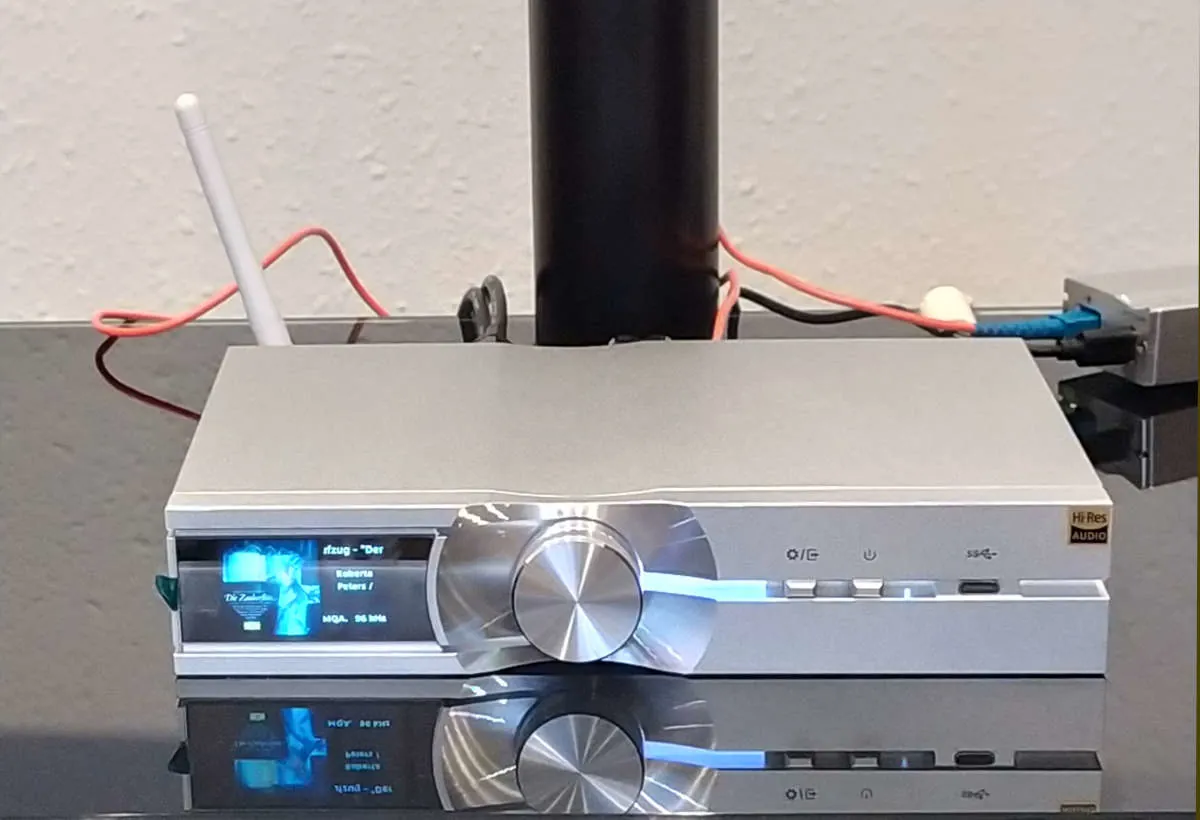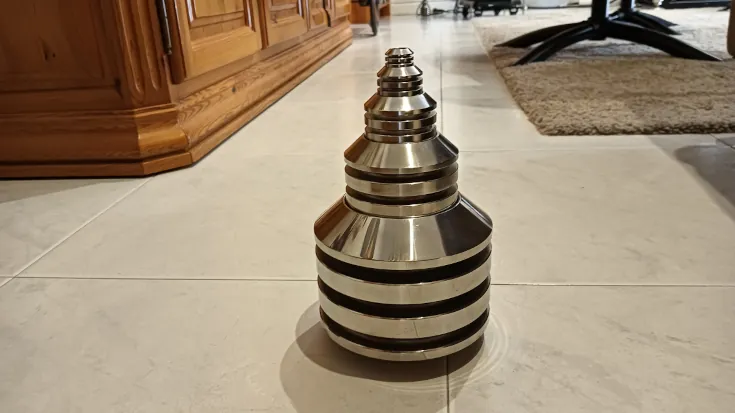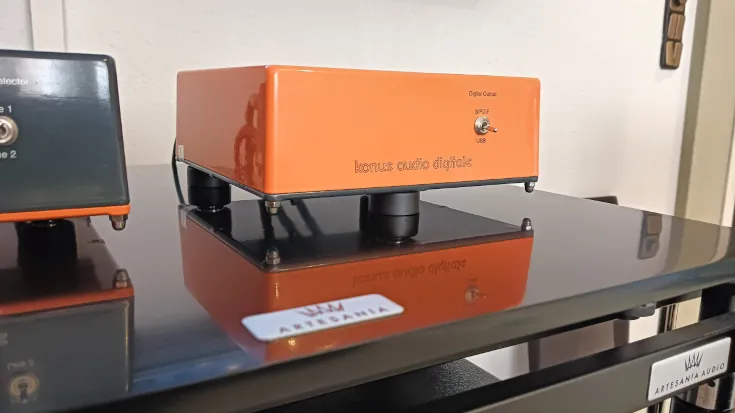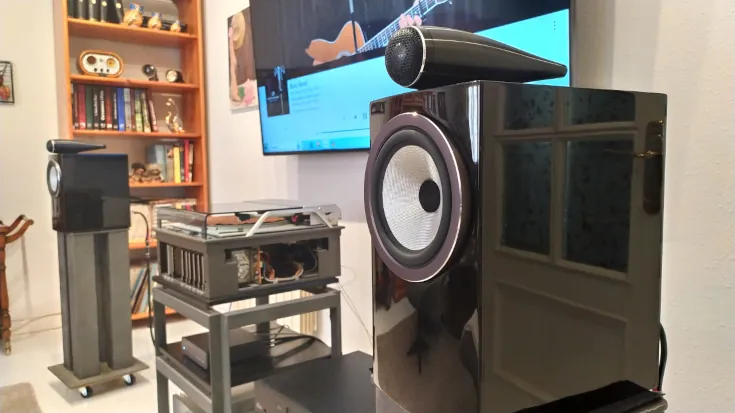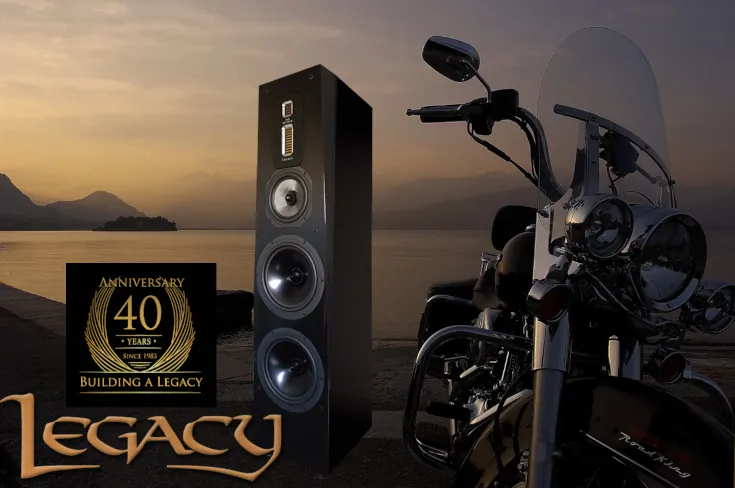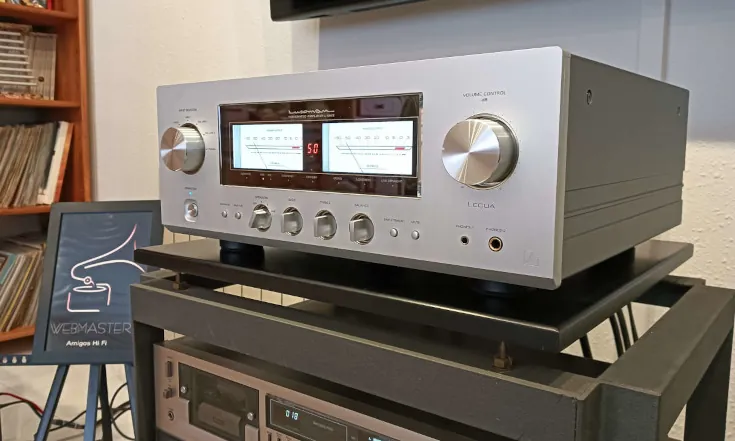Network players or streaming devices are the latest arrivals in the living rooms of audio enthusiasts. They remind me a lot of DACs when they first came out. How many times have I heard people say, "I'm not interested in that, it doesn't sound good." What's more, if we interview many music and audio enthusiasts in general, they will give us a series of answers about their preferences for physical music formats, such as vinyl, CDs, open reels, cassettes (the latest fashion), etc. Then, when we read the public statistics of record labels, we see that 85% or more of their business comes from streaming their catalog, which leads us to a simple truth: we tell a lot of lies to look good, and those who respond to surveys are the ones most interested in the subject, not the real majority of the target audience.
Therefore, within a period of no more than five years, everyone will have a network manager included in their music system, except for the most purist and exaggerated part of this world.
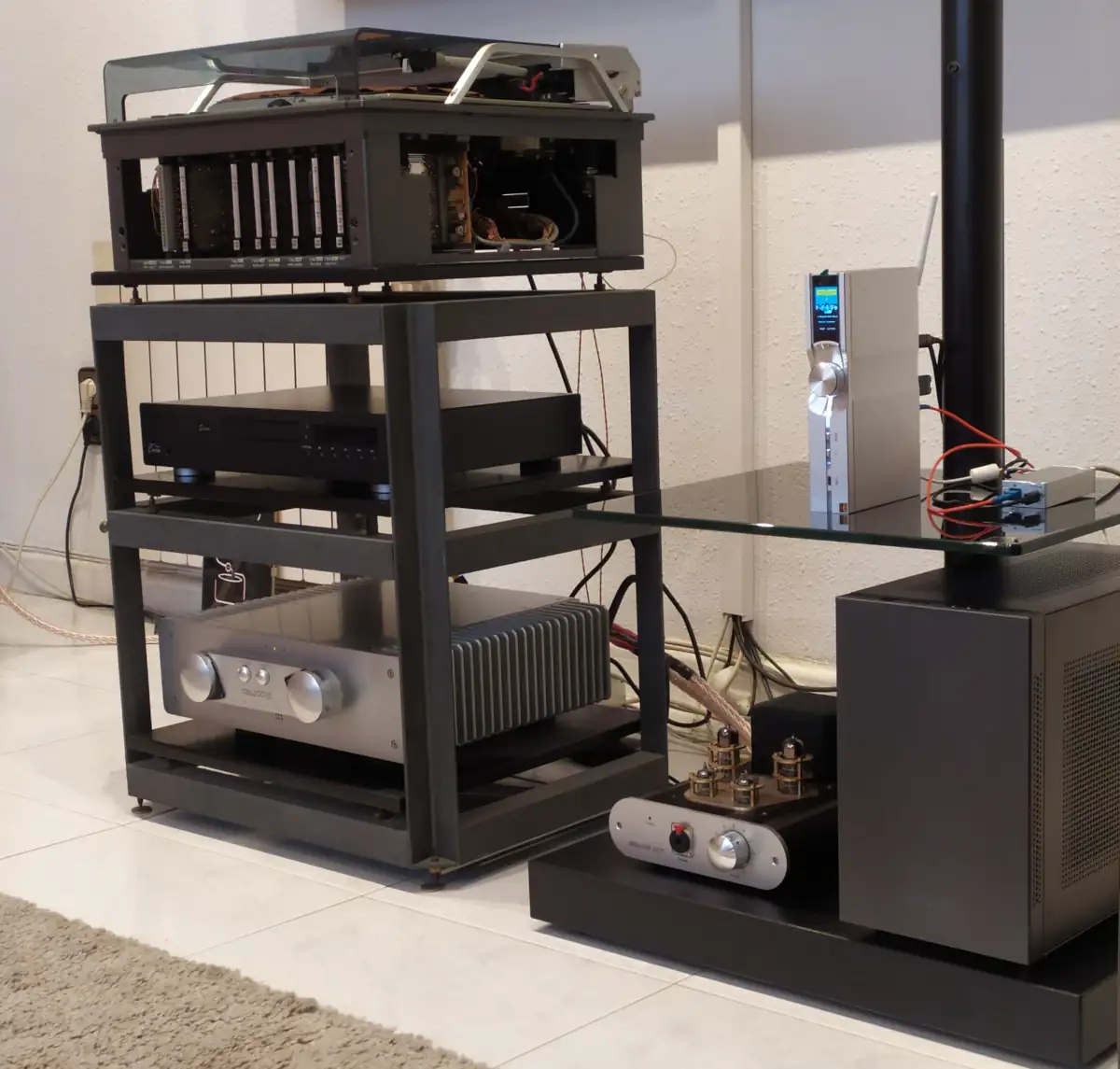
But lovers of liturgy and deep care for their music system, don't panic. Keeping an analog vinyl-based system in good shape is child's play compared to having a perfectly optimized network or streaming server.
This point is vital to understand, and I will elaborate on it further. If we listen to a solo guitarist, there are only two possible problems: the guitarist and the guitar. If there are two guitarists, the sum rises to four possible problems, and if there are three guitarists, to eight, depending on the combination. This does not mean that it does not work, but it does not work optimally. We can enjoy a streaming audio system at a basic or high level, depending on the effort we put into it. Including the financial effort.
Ifi Audio Neo Stream at home
Generally speaking, I have the products I receive for review for a period of 20-25 days. They are then returned. Due to the Christmas season, iFi Audio kindly sent me the product much earlier. Therefore, I have been experimenting with it for almost two months. And this is dangerous. After testing its most common features, which I'm sure you all have in mind and which I will discuss later, I began a more radical phase and exposed the Neo Stream to the most demanding conditions of use. If there were a streaming protection agency, they would have taken it away from me.

As I mentioned earlier, network or streaming players are the newest addition to music setups and, therefore, the least known, so here is a brief description of what they are.
What exactly is a network or streaming player?
There are many different digital formats available today. This variety, which allows us to choose the one we prefer, becomes a real management problem. If I had to list all the current formats and variations from memory, I would leave out quite a few, and I write about this every day. So let's imagine the situation of an ordinary enthusiast.
And then we add the difficulty of managing the different sources of data capture, from music servers such as Tidal and Spotify, to solid-state drives connected directly to streaming, such as USB sticks or external hard drives, to hard drives connected to the Ethernet network, NAS systems, etc. And I'm sure I'm forgetting some even more esoteric type of connection.
Well, the job of a streaming device is to unify all the management efforts of the aforementioned amalgam of things and convert it into a digital signal that can be processed by a DAC. This DAC can be internal or external. In the case of the Neo Stream, it offers both options, allowing you to use the internal DAC or output the digital signal to an external one.
Therefore, and don't get confused, a streaming device is not a DAC, although it may have one built in. In the same way, a DAC with some streaming functionality is not a streaming device. It's confusing, I understand, but that's how it is, and I'm telling you.
The Neo Stream connections
A quick look at the connections on the back of the iFi Audio reveals that there are a lot of inputs and very few outputs. This can give you an important clue, since a server only needs to have two outputs (although there may be some flexibility in terms of the type of output): one analog, to connect to the amplifier or self-powered speakers, and one digital, to connect exclusively to a DAC.
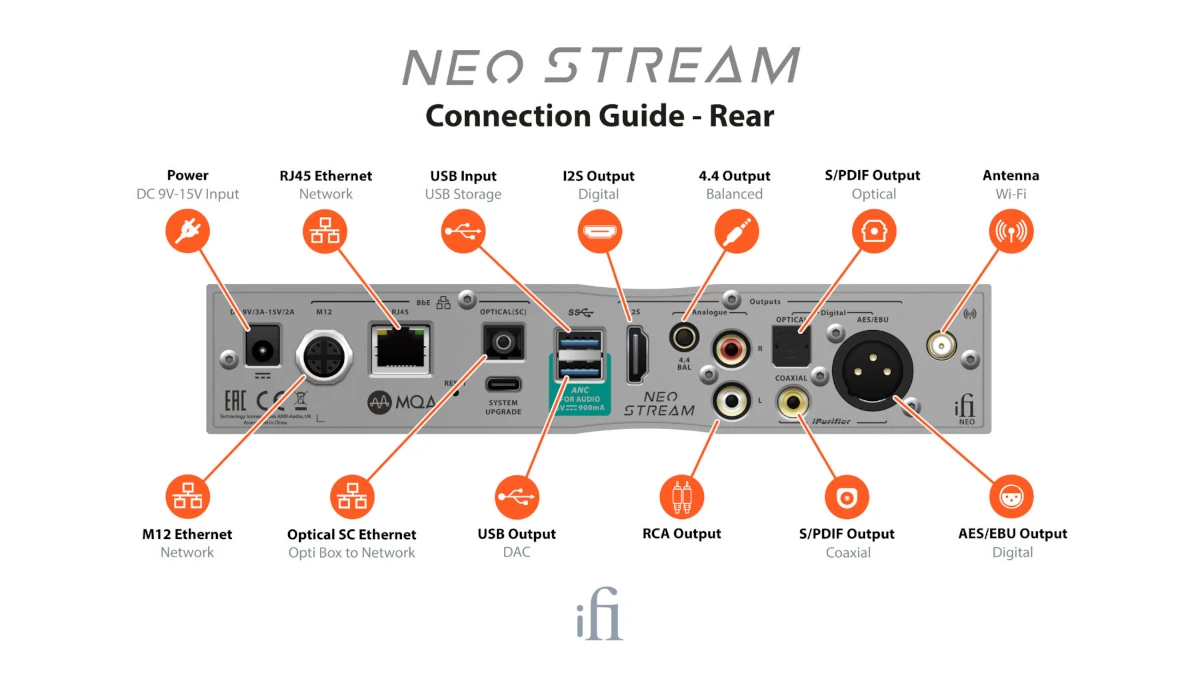
The Neo Stream's output connectors are as follows:
- Analog
- RCA single-ended
- Din 4.4 balanced
- Digital
- USB A (shared with input)
- 12S
- S/PDIF optical
- S/PDIF AES/EBU
The Neo Stream's input connectors are as follows:
- Digital
- USB A (shared with output)
- USB C (front)
- RJ45
- M12
- SC optical (only one of the three can be used for Ethernet signal capture)

Equipment used in testing
» iFi Audio Neo Stream
» Roon Labs on dedicated PC.
» RadioTehnika Giant FS-100N
» Wires4Music cabling:
» Horus Hybrid RCA interconnect
»Evolution on speakers and mains
» Custom rack
Streamer installation
Once all the components are connected, the main LED gives you an accurate view of the available Internet signal level. In my case, it was blank the whole time, meaning maximum signal. Shortly afterwards, it creates a new node on the home network and is now accessible to content managers such as Roon or Spotify, or Tidal, from their Connect extensions. We can easily listen to the artist or group we want. It's that simple.
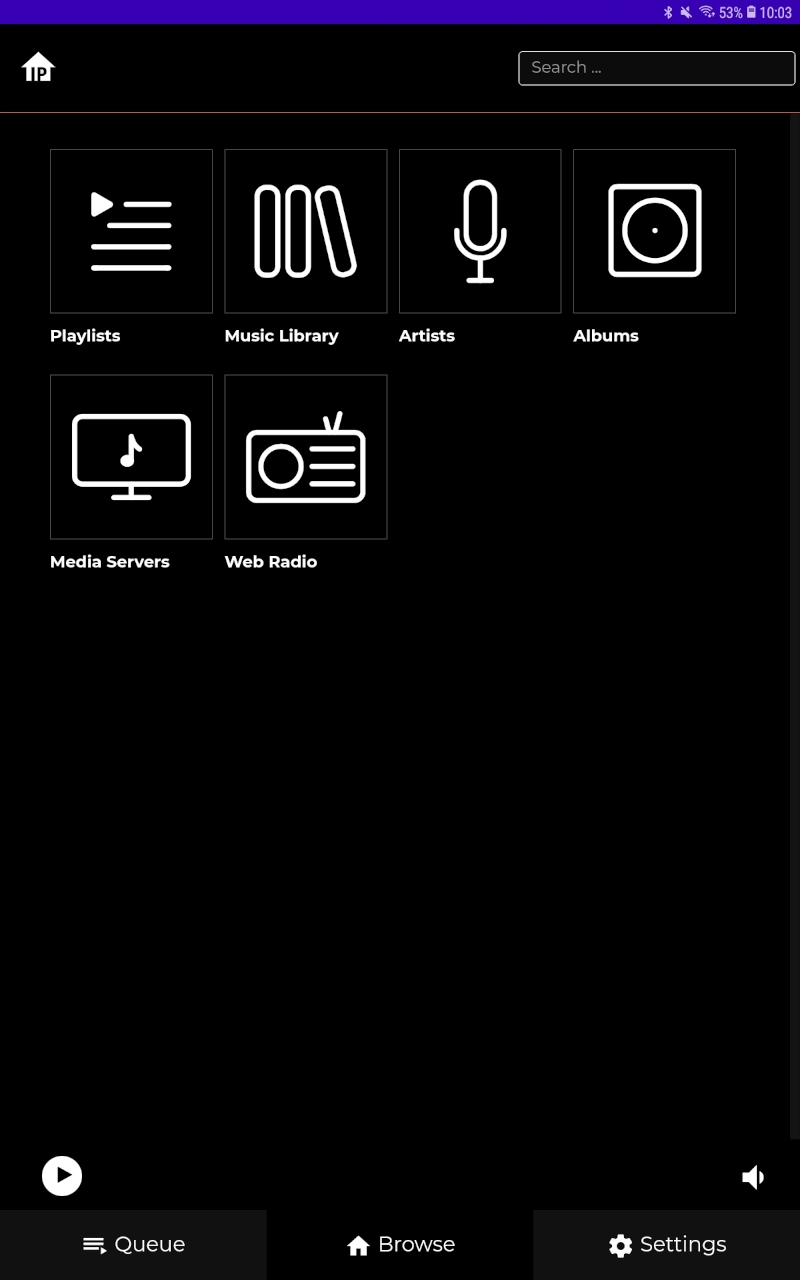
If you install the iFi Audio app, you get a very basic but functional content manager. With it, you can browse the music connected to the server via a USB stick or hard drive. It's a good tool for light use, as there are more advanced apps available, but it does the job.
Over time, iFi Audio has created new products to solve problems that limit digital sound quality, such as iPurifer and ANC (Active Noise Cancellation), which are built directly into the device. When I opened the box, there was a rectangular component that I didn't know what it was for. I later discovered that it is a signal enhancement filter that connects to the cable linking the router to our Neo Stream. At one end, we connect the Ethernet cable and at the other end there is an optical output (which connects to the Neo Stream and provides the Internet signal) and a USB charging port.
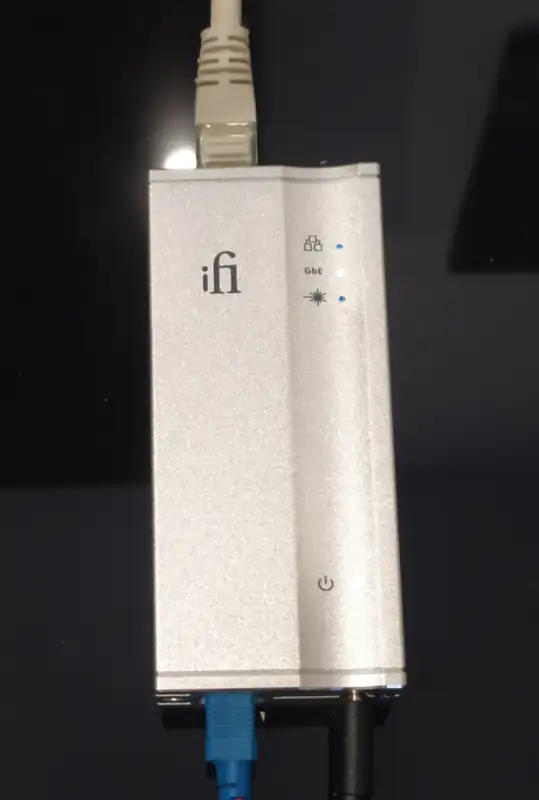
The overall response speed is very fast and songs can be exchanged at a speed reminiscent of remote control operation (which will soon be a thing of the past for this device...).
The sound quality depends largely on the proper functioning of all the elements involved. And when I say all, I mean all. I have read many times that this or that device is bad because of a lack of understanding of the computer technology that coexists with these devices.
I had a personal dilemma about whether or not to evaluate the internal DAC. I'm telling you this so you can understand my position. A network server does not necessarily have to have a built-in DAC. What needs to be evaluated is its ability to handle any workload and deliver satisfactory output. So I would only use its sound as an objective quality level, ignoring other features that make one sound more appealing than another.
Torture chamber
With two months of free time, my sadistic side comes out. I added a low-quality splitter (Ethernet signal splitter) to connect the self-powered Teufel Stereo M speakers and the current test system. We had to add a Samsung A6 tablet to manage the various apps. Micro signal cuts appeared sporadically, until the system crashed and had to be restarted. Without the Teufel speakers connected, the situation improved and there were no crashes, but audio cuts were frequent.
Once the splitter was removed, we moved on to the problems of combining sound with entertainment. Some apps are real CPU power hogs. On a tablet that is not very powerful, they can crash it, and this can crash the router port, preventing it from releasing effectively. And as we mentioned at the beginning of this article, ISPs do not offer us the best services available on the market, so system crashes are inevitable. And in our ignorance, we blame the streamer when it is just another victim of the problem.
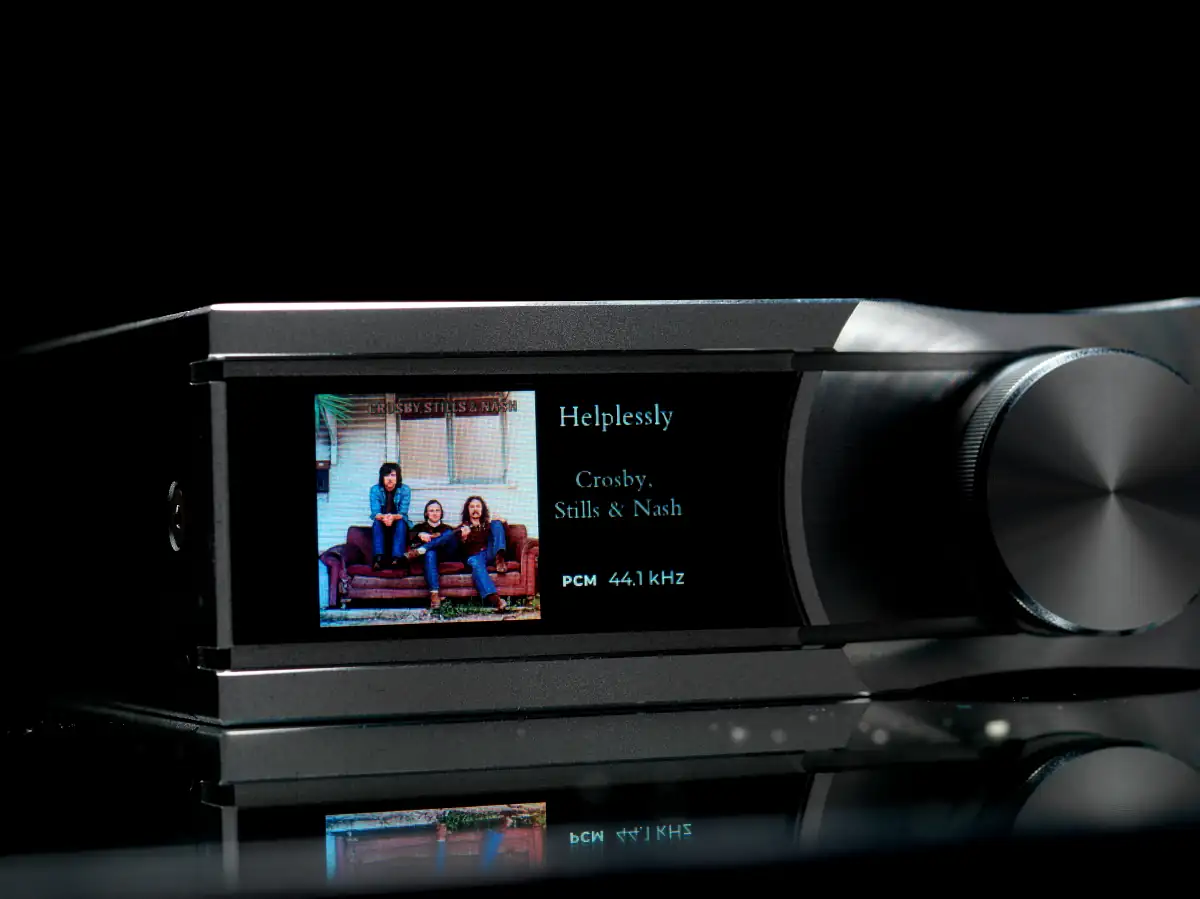
Among the worst apps we can run together on a tablet are TikTok, Google News, and... Roon. TikTok and Roon consume huge amounts of CPU, and News is poorly programmed and crashes constantly. This opens up the following question:
What would be the ideal configuration for my online digital audio system?
- Internet line dedicated solely to audio. If this is not possible, connect a direct line from port 1 to the streamer or network server.
- Tablet or mobile phone dedicated solely to managing the audio system. No other apps added. If this is not possible, do not use it during music playback.
There are other very interesting features, such as the four pre-programmed filters for improving sound in each particular case. However, we are still in the early stages and I believe that some general education is needed in order to make a grand entrance into the world of network servers, which will dominate the audio market in just a few years and become the centerpiece of any installation. Don't believe me? Just wait and see.

Final opinion
It is a shame that such a well-designed product, with attention to even the smallest details, can be undermined by poor home Internet installation. Just as we all know that a clean electrical signal brings about significant improvements, not to mention what it can do for data transmission. The development and engineering effort put into creating a device with almost infinite possibilities for digital signal reception and efficient management should not be undermined by poor use. The famous axiom tells us that "a music system sounds as bad as its worst component," so let's make sure that component isn't the digital network.
I could have written a glossary of praise, but when some enthusiasts have tried or purchased the product, it will not meet their expectations because of the errors I have mentioned throughout this article.
No expert would spend their money on a streamer with poor connectivity, and Neo Stream has it all.
| Manufacturer's Website | iFi Audio |
| Distributor's website | DeCine AudioVideo |
| Price | Approx. $1,299 |
| Technical Specifications | ----- |
| User Manual | View |
| Amazon | Buy it now! |
More review
-
Vieta G4000, making it easy to access vinyl
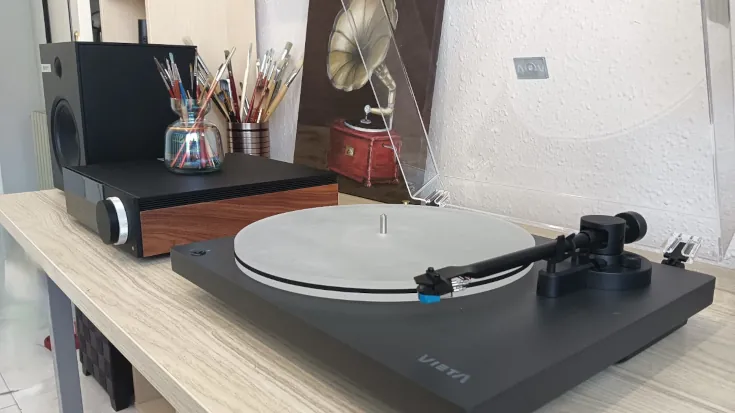
Bringing the analog world closer to a new generation without complications.
-
Cambridge Audio MXN10: music, maestro
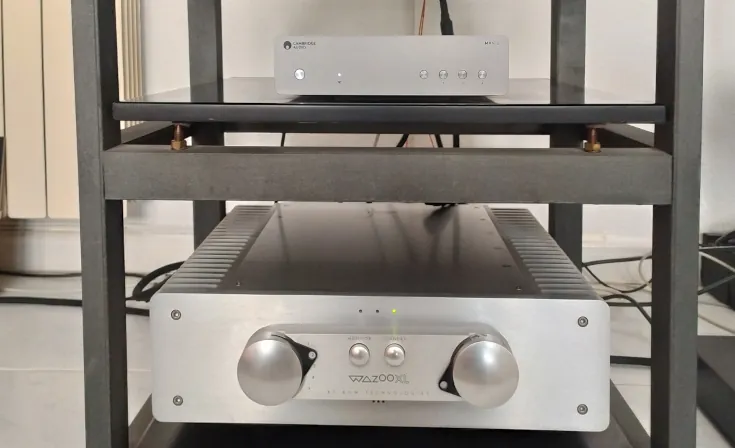
At this price, it should become one of the brand's best sellers.
-
Kii Audio Three, the master key to sound (2)

Intelligent DSP correction allows us to achieve a phase response that is identical to the original...


